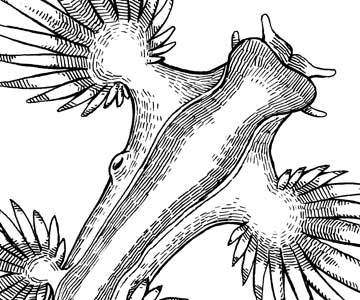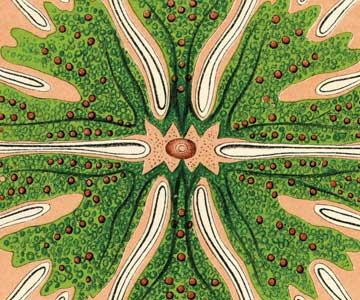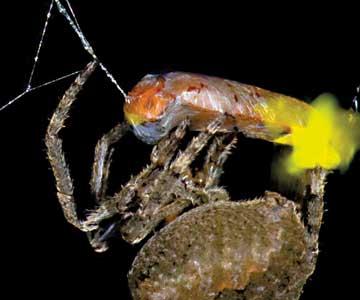Magazine
November-December 2024

November-December 2024
Volume: 112 Number: 6
This tiny fruiting body of a slime mold has an unexpected beauty, with its dazzling, iridescent colors. This species, Diachea arboricola, was discovered by an undergraduate student during a treetop survey research program collecting samples of myxomycetes, as slime molds are more properly called. These protists start out as single-celled organisms, join up to form masses with multiple nuclei, and finally produce fruiting bodies and spores to begin the cycle again. In “The Myxomycetes: Nature’s Quick-Change Artists,” Harold W. Keller, Sydney E. Everhart, and Courtney M. Kilgore describe the diverse range of forms and sizes of myxomycetes, explain how their fruiting body structures are often used to distinguish species, and show how these organisms have adapted to fill a wide range of ecological niches. (Photograph by Sydney E. Everhart.)
In This Issue
- Art
- Astronomy
- Biology
- Chemistry
- Communications
- Engineering
- Environment
- Ethics
- Evolution
- Medicine
- Physics
- Policy
- Technology
Gliflozins for Diabetes: From Bark to Bench to Bedside
Philip A. Rea
Biology Medicine
Drugs targeting the kidneys for diabetes treatment stem from almost two centuries of research that began with an uprooted apple orchard.
Baby Talk
Darshana Naryanan
Biology
Infants are born with the ability to babble and cry in the accents of their mothers through a combination of neurological, physical, and environmental responses.











